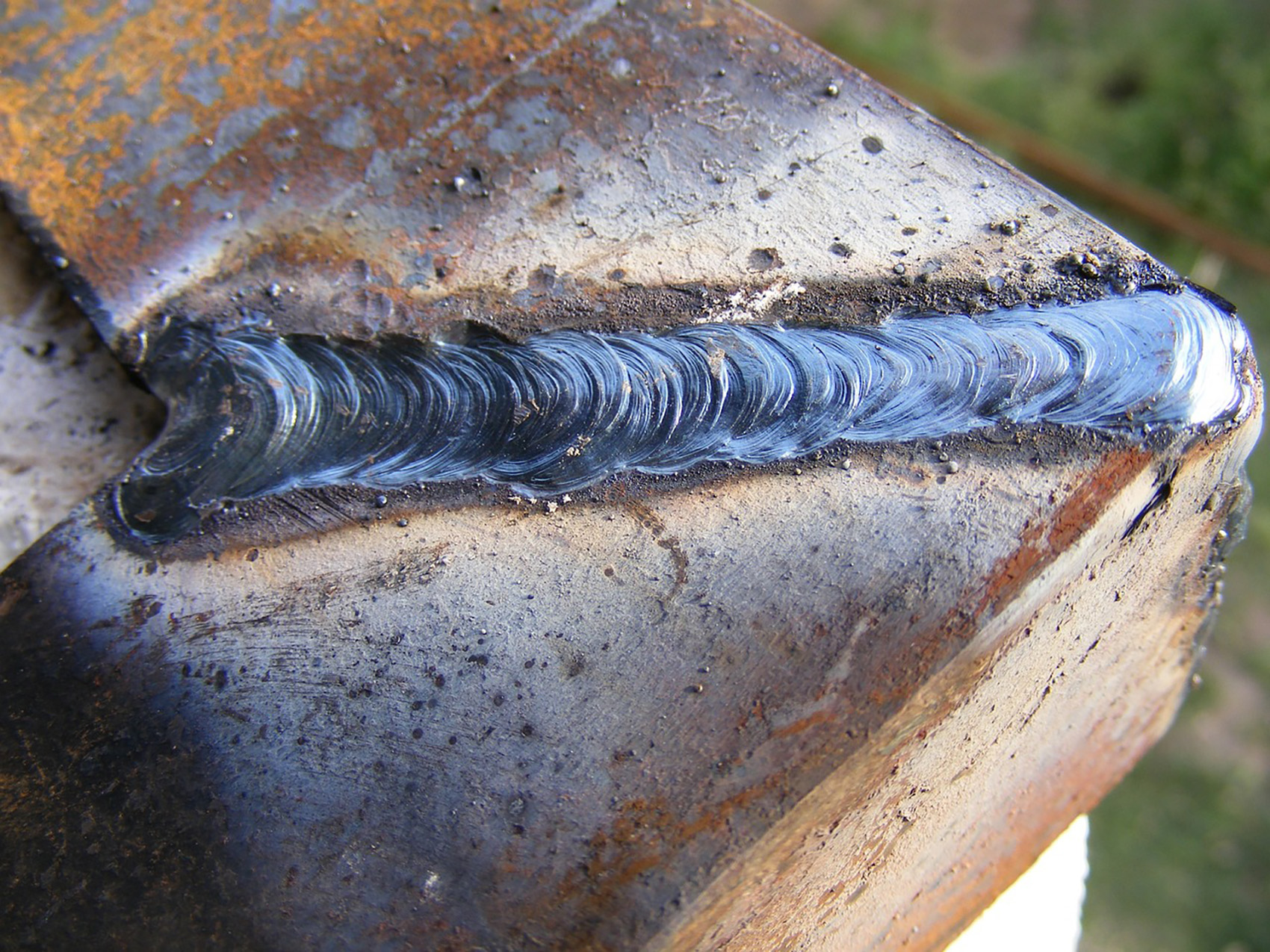Important Tips for Welders: Protecting Against Undercut Welding and Ensuring Stronger Weld Joints
In the world of welding, achieving sturdy and solid weld joints is the keystone of producing high-grade work. One common obstacle that welders usually come across is undercut welding, which can compromise the honesty of the weld joint.

Understanding Undercut Welding
Undercut welding is an usual welding problem that occurs when the weld steel stops working to correctly fill up the groove and results in a groove-like anxiety along the weld grain. This issue deteriorates the weld joint, making it vulnerable to cracking and failure under stress. Damaging can be brought on by various elements, consisting of too much welding current, high welding speed, incorrect electrode angle, wrong electrode size, and bad welding strategy.
One of the major factors for undercut welding is a discrepancy in between the welding current and the welding speed. If the welding current is expensive or the welding rate is as well fast, the weld metal might not sufficiently load the groove, causing damaging. In addition, making use of an electrode that is also huge can cause a similar end result, as the excess metal can not appropriately flow into the groove.
To stop undercut welding, welders ought to guarantee they are utilizing the right welding parameters, preserve a suitable electrode angle, pick the ideal electrode dimension, and technique proper welding strategies. By addressing these aspects, welders can lessen the threat of undercutting and create more powerful, a lot more reliable weld joints.
Appropriate Welding Technique
Efficient welding technique plays a crucial duty in ensuring the quality and integrity of weld joints. One fundamental facet of correct welding method is keeping the appropriate angle and range between the welding gun and the workpiece.
In addition, a stable and constant hand motion is vital for producing solid and durable weld joints. Welders need to go for smooth, consistent movements to ensure also circulation of the weld product. Appropriate adjustment of the welding weapon and filler material is additionally crucial to achieving ideal penetration and combination.
In addition, controlling the heat input and choosing the appropriate welding specifications based upon the product being bonded are essential variables in attaining premium welds - Preventing weld undercut. Welders should adhere to the suggested settings provided by welding procedure specifications and adjust them as needed based on the specific needs of the task. By mastering proper welding methods, welders can dramatically enhance the stamina and reliability of their weld joints
Picking the Right Electrode
When thinking about the significance of selecting the ideal electrode in welding applications,Preserving the correct angle and range in web link between the welding weapon and the workpiece is essential. The selection of electrode plays an important function in determining the quality and stamina of the weld joint. Electrodes can be found in various kinds, each made for certain objectives and products.
To start with, choosing the suitable electrode diameter is crucial. Thinner electrodes are suitable for welding slim materials, while thicker electrodes are much better for thicker materials and higher warmth applications. Matching the electrode size to the thickness of the work surface helps achieve a balanced weld.
Second of all, comprehending the material make-up of the electrode is crucial. Different electrodes are made for welding details products like steel, stainless steel, light weight aluminum, or cast iron. Utilizing the appropriate electrode material ensures good blend and minimizes the danger of issues in the weld.
Finally, considering the welding position and technique is essential when choosing the electrode kind. Particular electrodes are better fit for above or vertical welding placements, while others function well for level or horizontal settings. Selecting the right electrode based on the welding method improves the general weld high quality and integrity.
Preparing the Base Metal
To make sure a successful welding process, what first actions should be taken when preparing the base steel for welding? Furthermore, any existing weld product or residue from previous welding must be gotten rid of to guarantee a clean surface for the new weld.

Conducting Post-Weld Examinations

After performing these assessments, welders must compare the results against industry standards and project needs to ensure that the weld joint fulfills all needed criteria. Any variances or insufficiencies discovered throughout the post-weld evaluation needs to be immediately read resolved with ideal corrective steps to guarantee the weld's stability. By vigilantly performing post-weld examinations and quickly attending to any kind of problems, welders can promote the high quality and dependability of their job, inevitably adding to the security and long life of the welded structures.
Conclusion

In verdict, stopping undercut welding and making sure more powerful weld joints need a combination of appropriate welding technique, picking the best electrode, preparing the base metal properly, and performing post-weld evaluations. By recognizing the reasons for undercut welding and implementing the required precautions, welders can produce top quality weld joints that meet industry criteria and ensure the architectural integrity of the bonded elements.
Undercut welding is a common welding flaw that occurs when the weld steel falls short to effectively fill up the groove and results in a groove-like depression along the weld grain (Preventing weld undercut). Damaging can be created by numerous elements, including excessive welding present, high welding rate, incorrect electrode angle, incorrect electrode dimension, and poor welding technique
One of the main reasons for undercut welding is an imbalance between the welding existing and the welding speed. If the welding current is as well high or the welding speed is also fast, the weld metal might not effectively fill up the groove, leading to undercutting.Keeping the appropriate angle and range in between the welding gun and the work surface is fundamental when taking into consideration the relevance of picking the right electrode in welding applications.